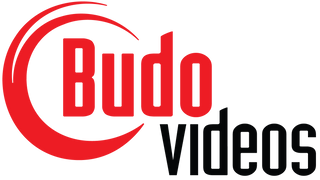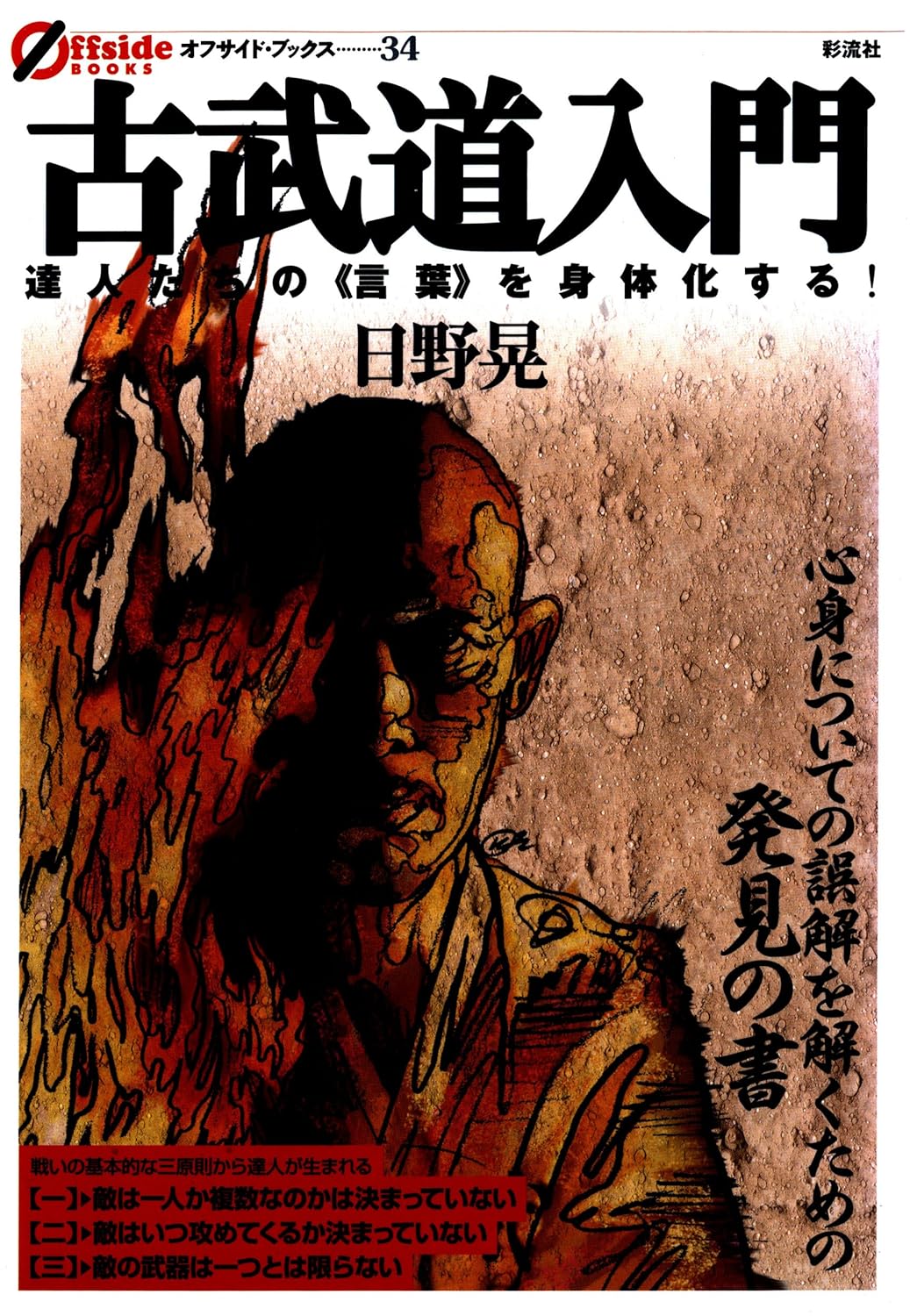Introduction to Kobudo: Embodying the Words of the Masters! Book by Akira Hino (Preowned)
THIS IS AN OVERSEAS SPECIAL ORDER ITEM
These items can take approximately 3-4 weeks to arrive here before they are ready to be shipped out by the selected courier service. Special order items are not eligible for return or exchange under any circumstances. Please review product details carefully before adding these items to your shopping cart.
Please Note: If you place an order for other items, they will be held and shipped together with the special order item when it is available. Alternatively you can place separate orders so your regular items will be shipped sooner.
This appears to be a philosophical passage from another work by Hino Akira, discussing the relationship between body, martial arts, and human understanding. Here's an analysis of the key concepts:
Opening Critique: Hino criticizes the flood of "movement theory" magazines and books in the peaceful Heisei era (1989-2019), arguing that they treat the "body" as if it were an object separate from the person. He notes that traditional martial arts (kobujutsu) have naturally been swept into this trend.
Core Philosophy - Body as Person: The fundamental premise is that "a person is a person, and that person IS the body itself." This seems obvious, but Hino emphasizes that the body is never something detached or separate from the person - they are one and the same entity.
The Challenge of Learning Traditional Martial Arts: When modern people want to embody "martial way" culture, they can only enter through imitating what currently exists. To understand masters like:
- Musashi (Miyamoto Musashi - legendary swordsman)
- Ittosai (Ito Ittosai - founder of Itto-ryu sword school)
- Shirai Toru (notable martial artist)
The only path is to trace their development through the "body" - physical practice and embodiment.
The Limitation of Words: The only clues we have are the masters' "words" as guideposts. However, merely practicing movements based on misinterpreted understanding of these words is meaningless.
The Necessity of Personal Restoration: Your own body - including your "head" (mind/consciousness) - must be able to restore their traces. Without this personal, embodied restoration, you cannot see the "境地" (kyōchi - spiritual realm/state of mastery).
The Importance of Seeing the "Kyōchi": Being able to see this realm of mastery is crucial because it connects to being able to see "relative values" - understanding the comparative worth and relationships between different approaches, techniques, and states of being.
Deeper Implication: Hino seems to be arguing against superficial, theoretical approaches to martial arts that treat the body as a mechanical object to be optimized. Instead, he advocates for a holistic approach where the practitioner must personally, physically, and mentally reconstruct the path of the masters through their own embodied experience.
This passage reflects Hino's consistent theme that true martial arts understanding cannot be separated from the complete human being - body, mind, and spirit as an integrated whole. The "境地" represents not just technical mastery but a state of integrated understanding that allows one to perceive the deeper relationships and values within martial practice.
About the Author: Hino Akira (born 1948 in Osaka) was selected as an Olympic training athlete for gymnastics through self-study during middle school. He also mastered jazz and martial arts through self-teaching. He currently runs the Hino Martial Arts Research Institute, dividing his instruction into "Martial Arts School," "Body School," and "Martial Zen." He maintains schools in Tokyo, Osaka, and Wakayama while conducting corporate training and lectures.
Language: Japanese
Length: 132 pages
Publication date: 2004
Couldn't load pickup availability


